Let’s face it: There are few more satisfying activities than lighting a fire. Whether a campfire or a backyard blaze in a Walden Fire Pit, it’s a chance to draw people together around the bone-deep appeal of crackling flames and cozy warmth. It’s a joy to make that happen — and also pretty darn fun, from the initial arrangement of the fire structure to the careful cultivation of that first flickering flame.
Now, fire-building can seem a tad intimidating. Maybe you’re haunted by too many memories of smoky campfires that never really got off the ground (and by those disappointed looks cast your way as you lit match after match to no avail).
Well, never fear: We’re here to break down the basics of building a fire, whether you’re doing it at the campsite or in your backyard. More good news: Walden’s fire accessories make the process even easier, just about guaranteeing a successful, one-match blaze!
Start a Fire with the Fire Triangle
When building and maintaining a campfire, it’s always good to keep in mind the essential ingredients any fire requires. They’re the building blocks of the so-called “fire triangle”: fuel, heat, and oxygen. An initial source of heat starts drying out the fuel, producing flammable gases that alight to commence flaming combustion; the combustion reaction, meanwhile, feeds off oxygen, so the right amount of airflow is needed as well. You want a balanced fire triangle for a healthy, mostly hands-off blaze.
Choose the Right Fuel to Start a Campfire
Generally speaking, you use three categories of fuel to start a fire. Tinder is the smallest, finest fuel: wood shavings, shreds or curls of bark, crumpled newspaper—even dryer lint. Here’s where the initial ignition takes place. The flame then transfers from a bed of tinder to the small, thin pieces of wood—the kindling—which you’ve arranged around it. Ultimately, the flaming kindling then sets fire to the thicker fuelwood, typically log splits or stout branches, which then sustains the fire.
Going from smaller to larger pieces of fuel has to do with the surface area to volume ratio: The fine tinder and small-diameter kindling are more quickly and easily dehydrated and ignited than a thick, solid hunk of wood, which requires more heat and time to dry out and catch fire. As you can imagine, dry fuel is also essential. If your tinder or wood is too wet, they overwhelm your initial heat source’s ability to steam away moisture and volatile flammable compounds. Dry firewood that’s well-seasoned is critical. Softwoods burn more quickly and generate lower BTUs than hardwoods; for outside fires, you can use pine kindling to get the fire going, then feed it with longer-burning splits of oak, hickory, and other hardwoods.
(Keep in mind we offer as efficient a tinder as you could ask for in our Walden Sure-Fire™ Starters, a waterproof, all-natural initial fuel that produces a tall, long-burning flame, effectively removing the need for intermediary kindling. Some say that we make it too easy!)
The Fire Structure and Starting a Campfire
There are numerous ways to structure your fuel for a campfire efficiently. It’s often most effective to bank your tinder loosely against a piece of fuel wood, then lean kindling on that split over the tinder bed. As in our fire-building tutorial video, you can also place two pieces of fuel wood parallel to one another, put the tinder in between, and then lay kindling crosswise atop the two splits, adding fuel wood on top once the fire gets going. This is essentially a version of the “log-cabin” style of fire, with fuel wood stacked around an open middle. You can also brace fuel-wood pieces against one another in the so-called “teepee” method. Either way, you want to maintain enough voids in your structure to facilitate airflow. If you pack fuel too densely together, your fire will suffocate.
Lighting the Fire & Keeping it Burning
After lighting your tinder, gently fan or blow on the little flame to give it an oxygen boost. If you’ve inhaled too much smoke over the years blowing on a fire, definitely consider our Walden Blow Through Fire Stoker Poker, which eliminates that issue with its one-way airflow valve—and provides a hooked end for safely adjusting firewood.
Once you’ve fed the fire with successively-added kindling and the fuelwood splits to the point where it’s roaring and crackling away, ease off on messing with it too much. Shove back wood that topples out of the structure, and occasionally poke and shift things around to knock off built-up ash that can smother flames. But mostly, you can just kick back at this point, occasionally feeding the fire with another piece of wood while focusing on the good stuff: lively conversation, s’more-making, and enjoying a suitable fireside beverage!
Luxury Firepits - Firepit Accessories - Firepit Grates
Walden Backyards Makes the Highest Quality Fire Pits and Accessories
Legacy Firepit - Blow Through Stoker Poker - Fire Pit Grates - Accessories


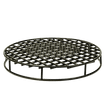
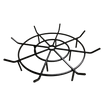
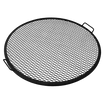

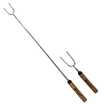
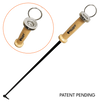


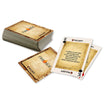
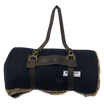
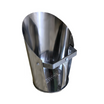

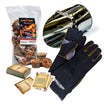

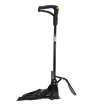

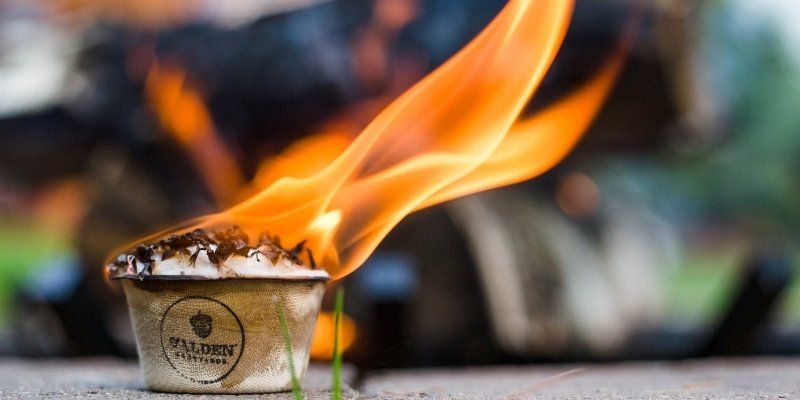


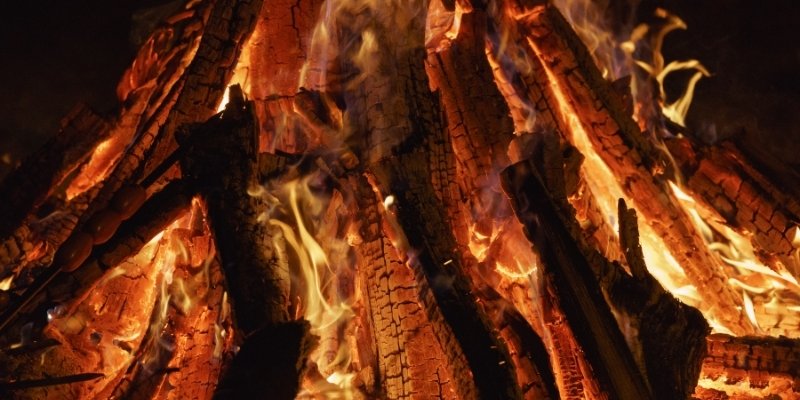
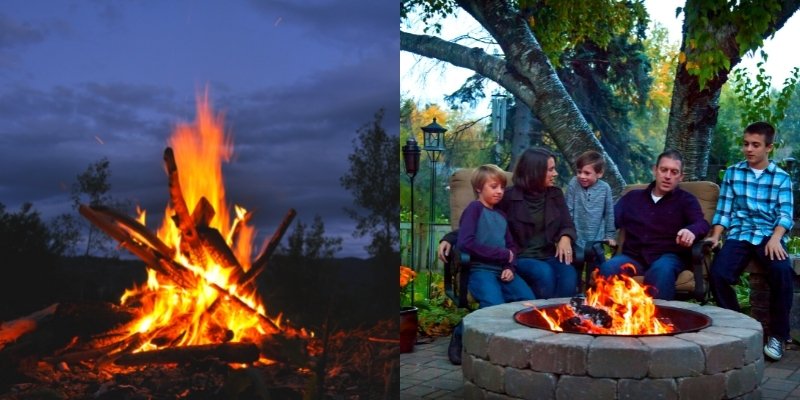
Leave a comment
This site is protected by hCaptcha and the hCaptcha Privacy Policy and Terms of Service apply.